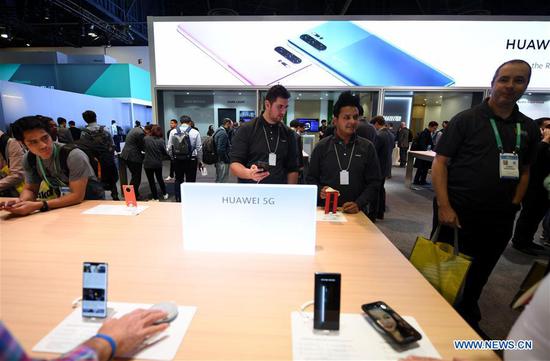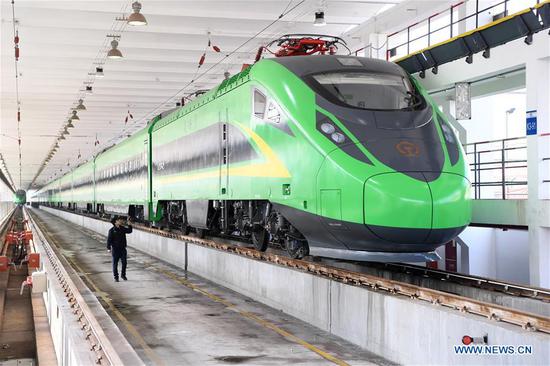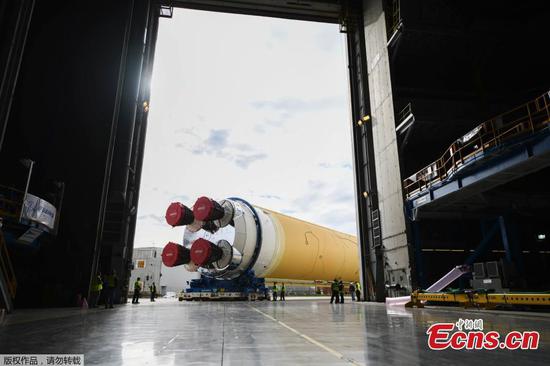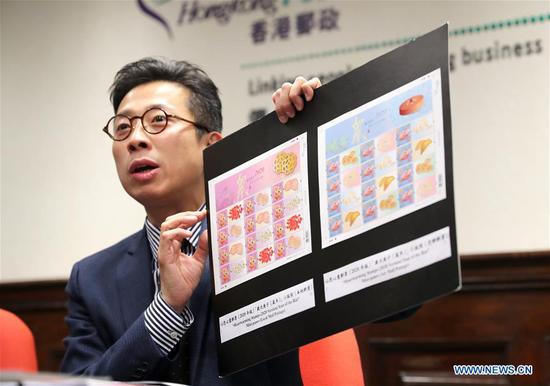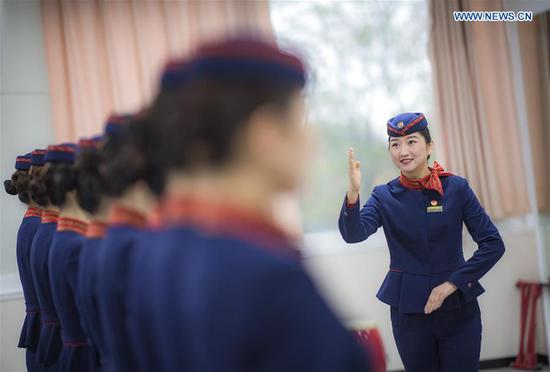China's Cabinet-level financial regulatory body said on Tuesday it is planning a new set of measures to ease the financing difficulties of small and medium-sized enterprises, through monetary policy adjustments and encouraging banks to increase lending to smaller businesses.
The first meeting this year of the Financial Stability and Development Committee of the State Council was held in Beijing on Tuesday, chaired by Vice-Premier Liu He. It focused on resolving the financial problems of SMEs — the lifeblood of the economy — which account for more than 90 percent of businesses in China.
A statement issued after the meeting announced some preferential measures, such as improving the monetary policy transmission system, using various money and credit policy tools, and encouraging financial institutions to increase credit to SMEs.
Access to finance remains one of the big challenges for Chinese SMEs, although the government has launched a series of policies to support their development during the past two years, to hedge against the external headwinds of China-US trade tensions, said economists.
Dong Ximiao, a researcher at the National Institution for Finance and Development, a financial think tank under the Chinese Academy of Social Sciences, expected additional "targeted cuts" to the cash amount that banks must set aside, known as the reserve requirement ratio, especially for small and medium-sized commercial banks, in order to free up more funds for loans to SMEs.
The People's Bank of China, the nation's central bank, injected 800 billion yuan ($115 billion) into the financial sector by cutting the RRR for banks by 0.5 percentage point on Monday, the eighth such reduction since 2018, in the hope that improving banks' lending capacity will translate into stronger economic growth.
Wen Bin, chief economist at Minsheng Bank, said a number of new policies to support the financing of SMEs may be launched in the short term, including those related to monetary and regulatory policy.
Requirements on the quantity, price and length of maturity of SME financing may be included in the evaluation system for banks' performance. And different regulatory standards, compared with larger banks, may be introduced for smaller banks, according to Wen, who also expected targeted RRR cuts.
This year, slowing economic growth and trade uncertainties may result in a challenging operating environment for financial institutions in China, especially for smaller banks. The central bank will continue to maintain ample bank funding through accommodative policies, according to research from Moody's.
Although lower interest rates can reduce funding costs for SMEs, they will weigh on banks' net interest margins and decrease their investment returns, which may lead to rising refinancing risks for some smaller banks, according to Sonny Hsu, a senior credit officer of Financial Institutions Group with Moody's Investors Service Hong Kong Ltd.
Financial regulators in China will continue to prioritize financial stability, and the support could be extended to smaller banks, Dong said.
To reduce funding challenges, the committee called for supplementing the capital of small and medium-sized banks through multiple channels, and promoting their ability to provide credit to SMEs.
It also highlighted improving the government financing guarantee system, accelerating the building of a credit information platform for companies, and broadening direct financing channels for high-quality SMEs.
Compared with the situation in 2019, the risks of a liquidity shortage and a credit crunch will be further eased in the Chinese financial system, and more policies will focus on stabilizing growth and promoting reforms this year, said Cheng Shi, chief economist at ICBC International.
According to the central bank, outstanding loans for micro and small companies stood at 11.4 trillion yuan by the end of November, up by 23.1 percent from a year earlier. The outstanding loans for private companies reached 45.9 trillion yuan, at a year-on-year growth rate of 7.1 percent.











